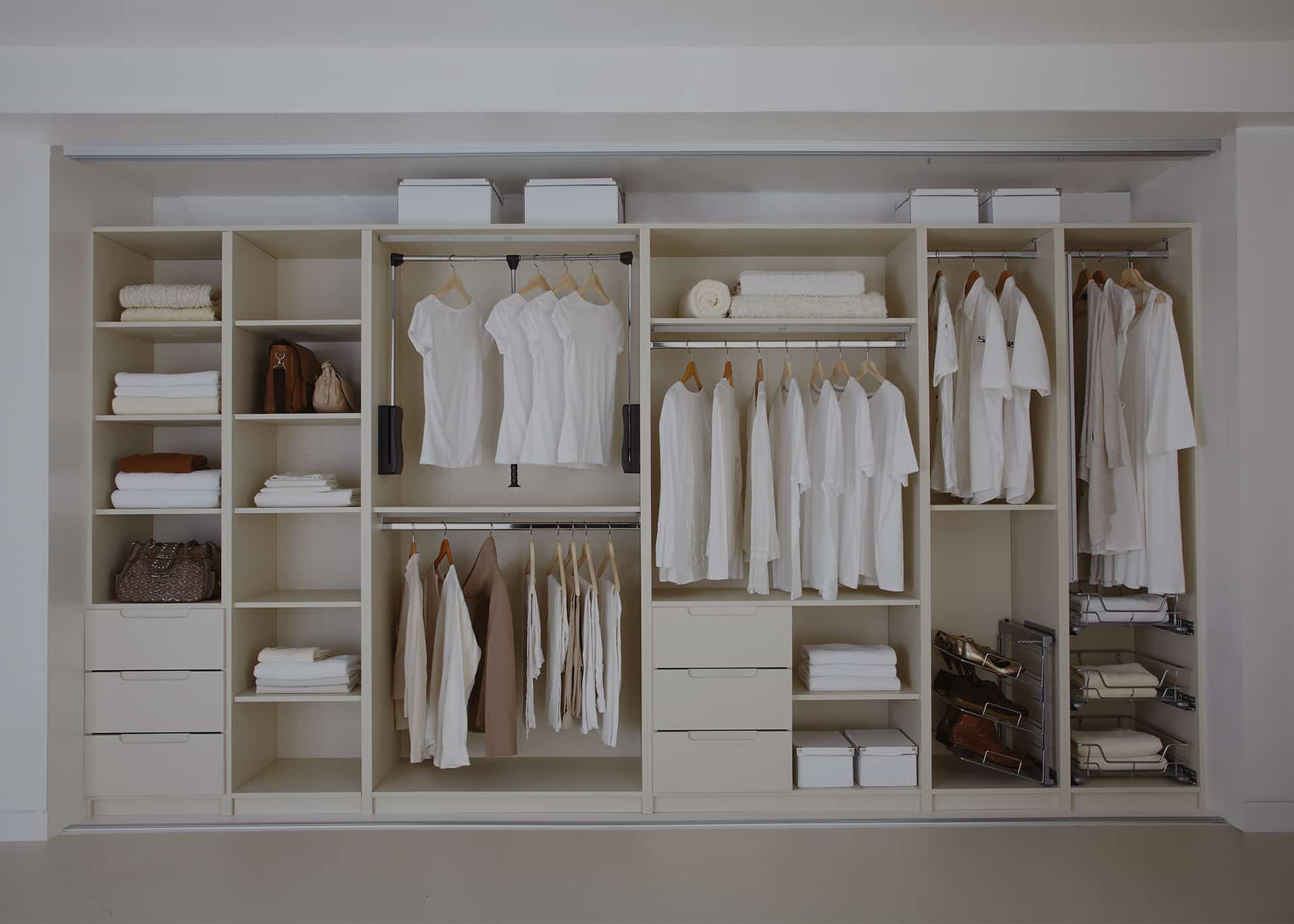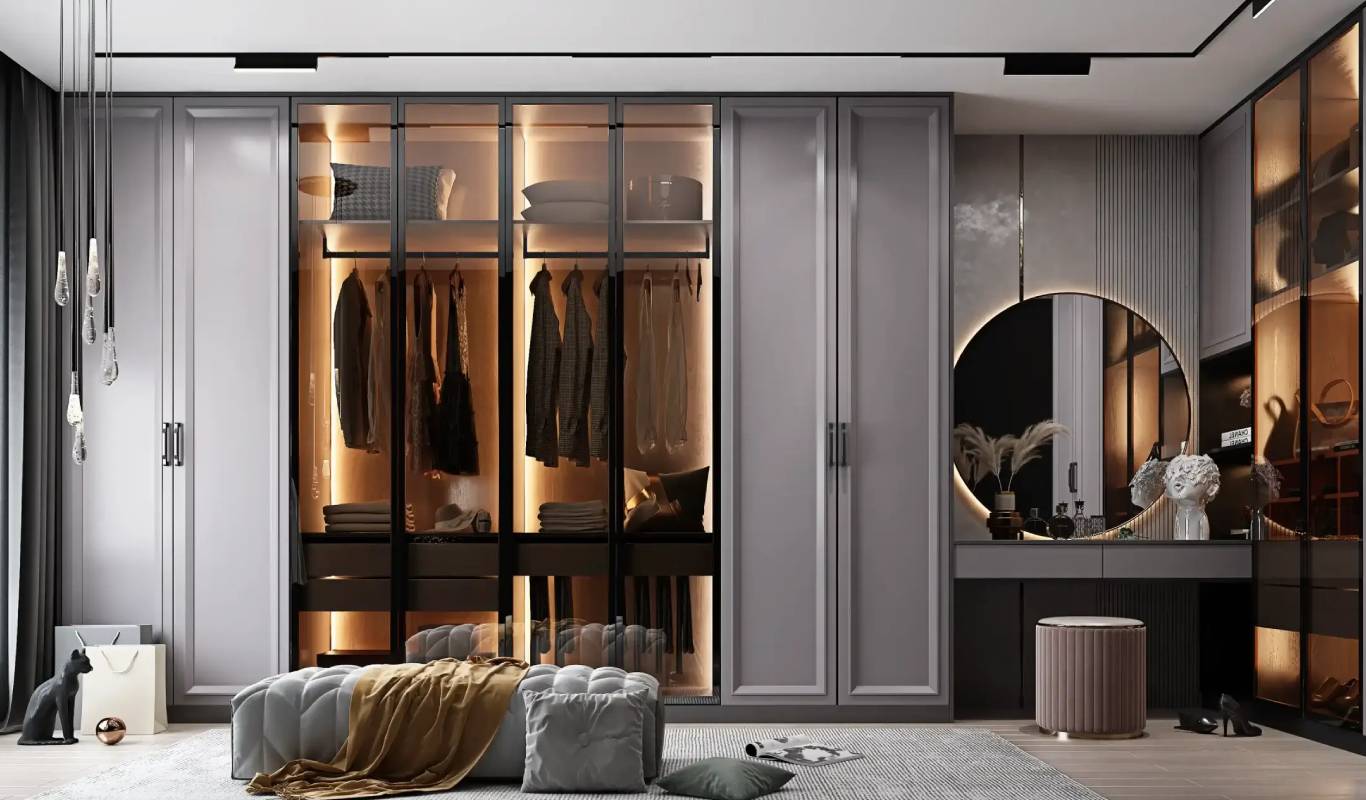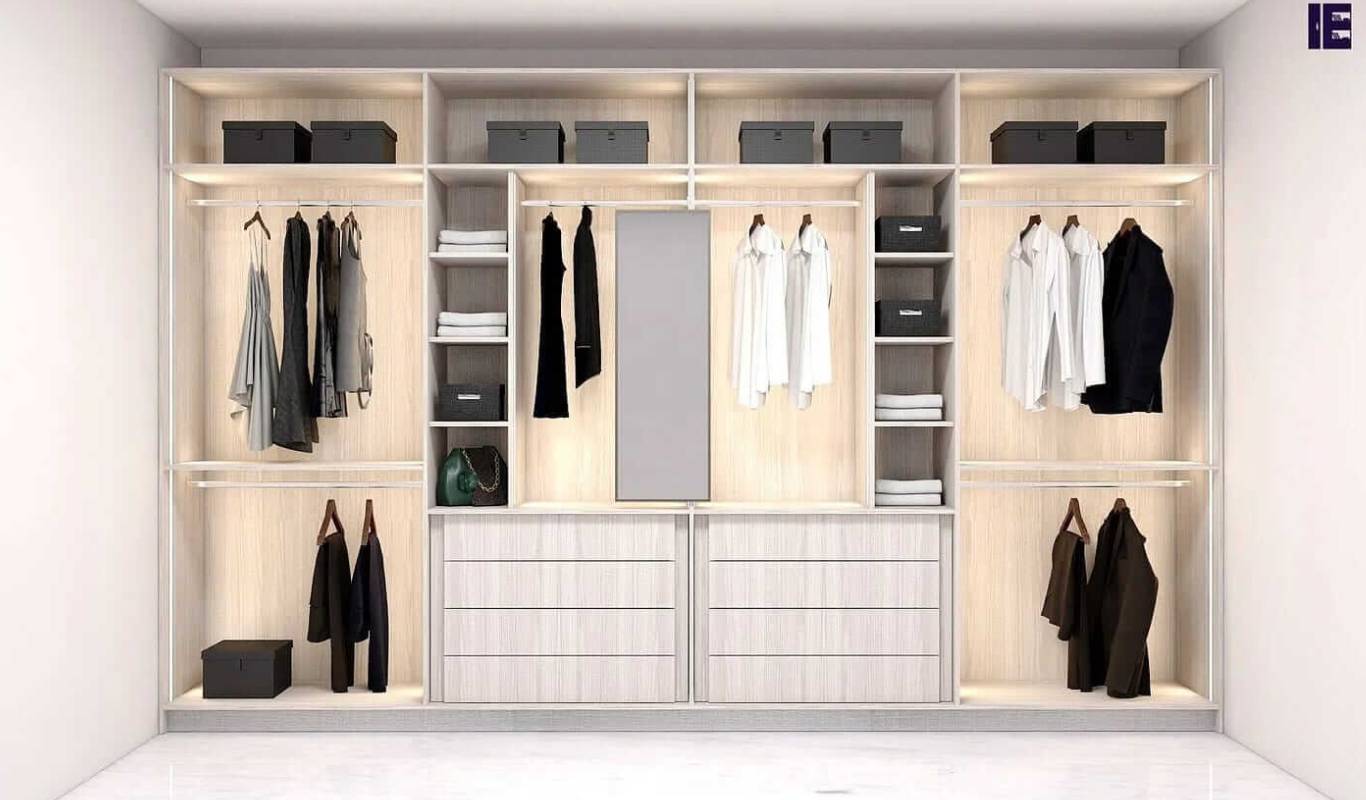Need Assistance?
If you have any question feel free to contact us!

Dampness is a widespread problem in all commercial and, specifically, domestic buildings. You have observed it usually in your house along the walls, within the cupboard, kitchen cabins, and around the windows. Not only is it damaging to your home’s walls and cupboards, but also it gives a foul smell. Moreover, it badly affects the look of your property as well.
In this blog, we will discuss some major reasons for this dampness in cupboards and how we can prevent mould growth in our homes.
Need Assistance?
If you have any question feel free to contact us!

It is a common practice that people hang their “nearly dry” clothes in the cupboards. This activity promotes mould growth in your cupboard as the inner space is minor, where moisture can prevail easily. Also, there is limited light availability. Both these factors, along with wet clothes, promote moulds.
Built-in wardrobes against exterior walls hide the area behind them, leading to reduced heat and air circulation. This lack of ventilation can cause trapped spaces to become humid and promote mould growth. Even freestanding wardrobes face this issue, but they can be moved for better airflow. Unlike movable wardrobes, custom-built ones lack this advantage, although they offer other significant benefits.
At times, minor holes can appear in the roof that remain hidden from your eyes. Rainwater seeps through these holes to reach your furniture.
Damage to any pipe can cause water leakage that may promote dampness in your walls, where dampness can reach your wardrobe.
While wardrobes develop mould growth, you must think of ways to prevent it.

Unlike old freestanding wardrobes, modern fitted wardrobes do not move. So you have to think of something else to prevent them from dampness. Below are some helpful steps in this regard:
Dampness is common in every other corner of the house, whether walls, roof, or ceiling. Wardrobes are also a prominent place where you can find mould growth. This mould growth is primarily due to moisture. If you take preventive measures and ensure proper ventilation and light, you can limit damp growth.